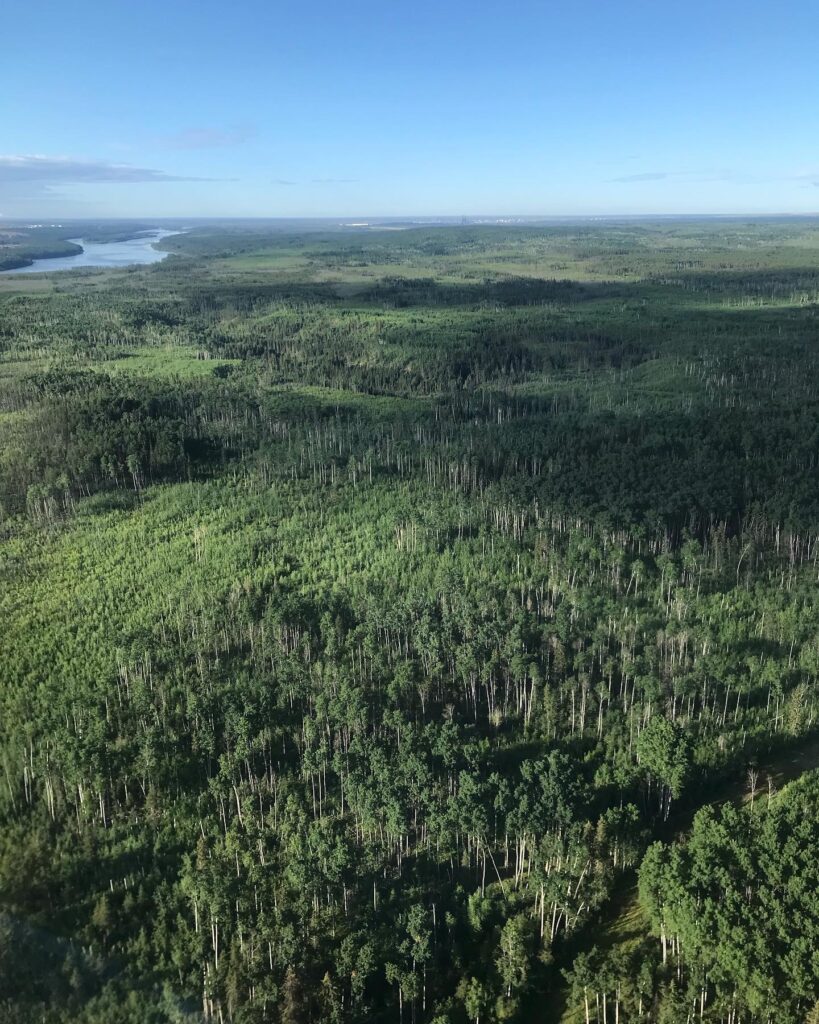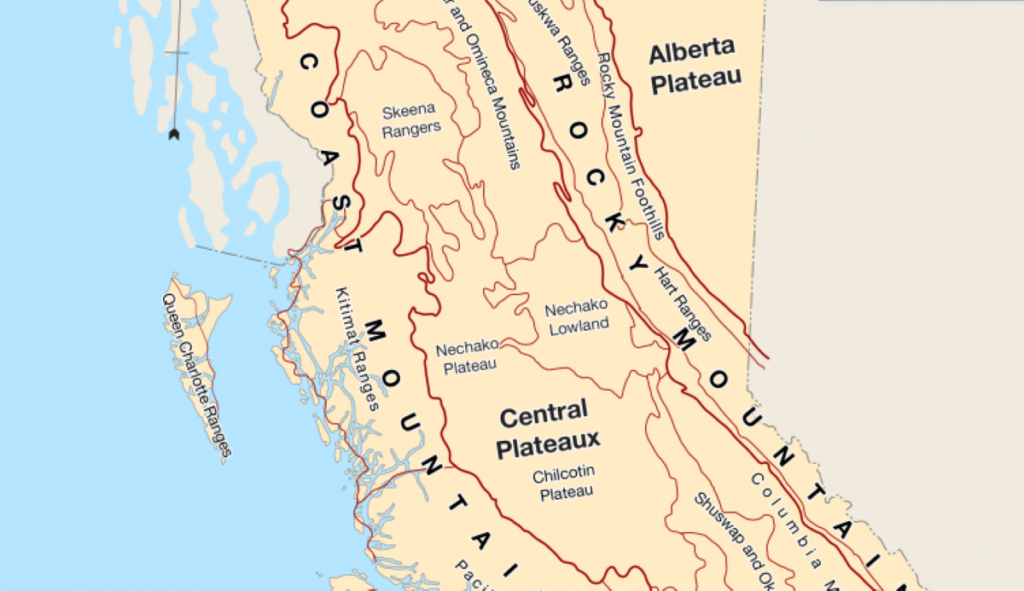Post Category : Heritage Management
Introduction to CRM Part 2: Development Screening and Project Planning
The first step of a historic resources impact assessment (HRIA) happens in the office. Once we have the plan for a development, we need to assess whether the footprint will impact any recorded sites or if it has the potential to impact any unrecorded sites. We use our experience and knowledge of archaeology, GIS data, and databases of recorded sites in order to identify high potential areas that might have any archaeological and historic resources (Figure 1). Although this stage of archaeology does not capture the imagination of the public and isn’t very exciting or glamorous, it is the most important part and the foundation of our work.

High potential areas vary by region, depending on the geography and the history of the area. Generally areas that people would camp or travel through are considered high potential; these include well-defined landforms and areas near water. We also take into account the environment of the past. For example, shorelines fluctuate, and rivers and streams may change course or dry up. Areas near water generally have higher potential because they were used as a method of transport, offered fishing opportunities, and, of course, they were also a source of fresh water (Figure 2).

Sometimes a development plan will conflict with a previously recorded site. In this case, we can recommend either that the development plan be changed to avoid the site, or that impacts to the site be mitigated by excavation. If there are no recorded sites in the footprint, but there are areas that we think are likely to have sites, we recommend field survey. Using GIS data and the research that we have complied concerning the area around the developmental footprint, we create targets of high potential areas to survey in the field. The next step takes us out of the office and into the field.
To keep up to date on Historic Resource regulations and processes, you can subscribe to our quarterly Regulatory Update email.



